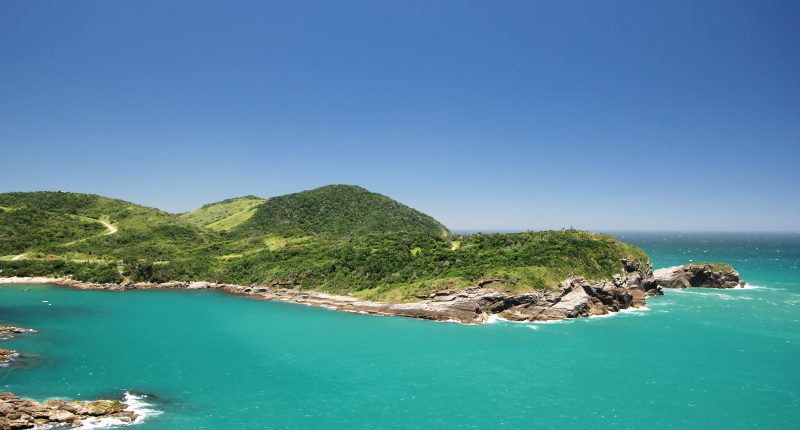RESEARCHERS have uncovered evidence of a tropical island that is now submerged underwater.
Brazilian and British scientists were exploring the seafloor around a volcanic plateau dubbed Rio Grande Rise in 2018 when they came across evidence of the island.
The Rio Grande Rise is located around 745.6 miles (or 1200 km) off the southeastern Brazilian coast.
The island, which is estimated to be roughly the size of Iceland, existed about 45 million years ago.
Researchers believed the island formed from volcanic activity and drifted across the Atlantic Ocean before eventually sinking beneath the waves.
A recent expedition confirmed the island’s existence through the discovery of red clay, a sign of tropical soil.
The clay was spotted on video captured by a remotely operated submersible that swam roughly 2,100 feet below the surface.
“You just don’t find red clay on the seabed,” said marine biologist Bramley Murton, who was on the expedition.
“The deposits looked like tropical soils,” Murton explained.
The findings were shared in a recent study published in the journal Scientific Reports.
Most read in Science
The team explained that the clay’s mineral makeup could have formed only in a tropical setting consisting of heat and humidity.
“Imagine a lush tropical island slipping beneath the waves and lying frozen in time. That’s what we’ve uncovered,” said Murton.
This discovery provides new insights into the geological history of the region.
Moreover, the findings could help us to better understand the processes that shape Earth’s lands.
“This is an outstanding result,” said Luigi Jovane, a marine geologist from the University of São Paulo and coauthor of the study.
“The red clays are conclusive proof that this was once an island,” the scientists added.
MORE ON THE RIO GRANDE RISE
the Rio Grande Rise dates back a staggering 80 million years and “started life as a Cretaceous version of Iceland,” Murton said.
It came from a giant plume of hot rock called a mantle plume, that fueled intense volcanic eruptions deep beneath the mid-Atlantic ridge.
READ MORE SUN STORIES
This fiery activity birthed the massive volcanic plateau that moved west across the Atlantic over time.
“They formed on the South American and African tectonic plates, respectively, by the Tristan-Gough mantle plume situated beneath or in close proximity to the Mid-Atlantic Ridge (MAR) during the Late Cretaceous,” the study reads.











